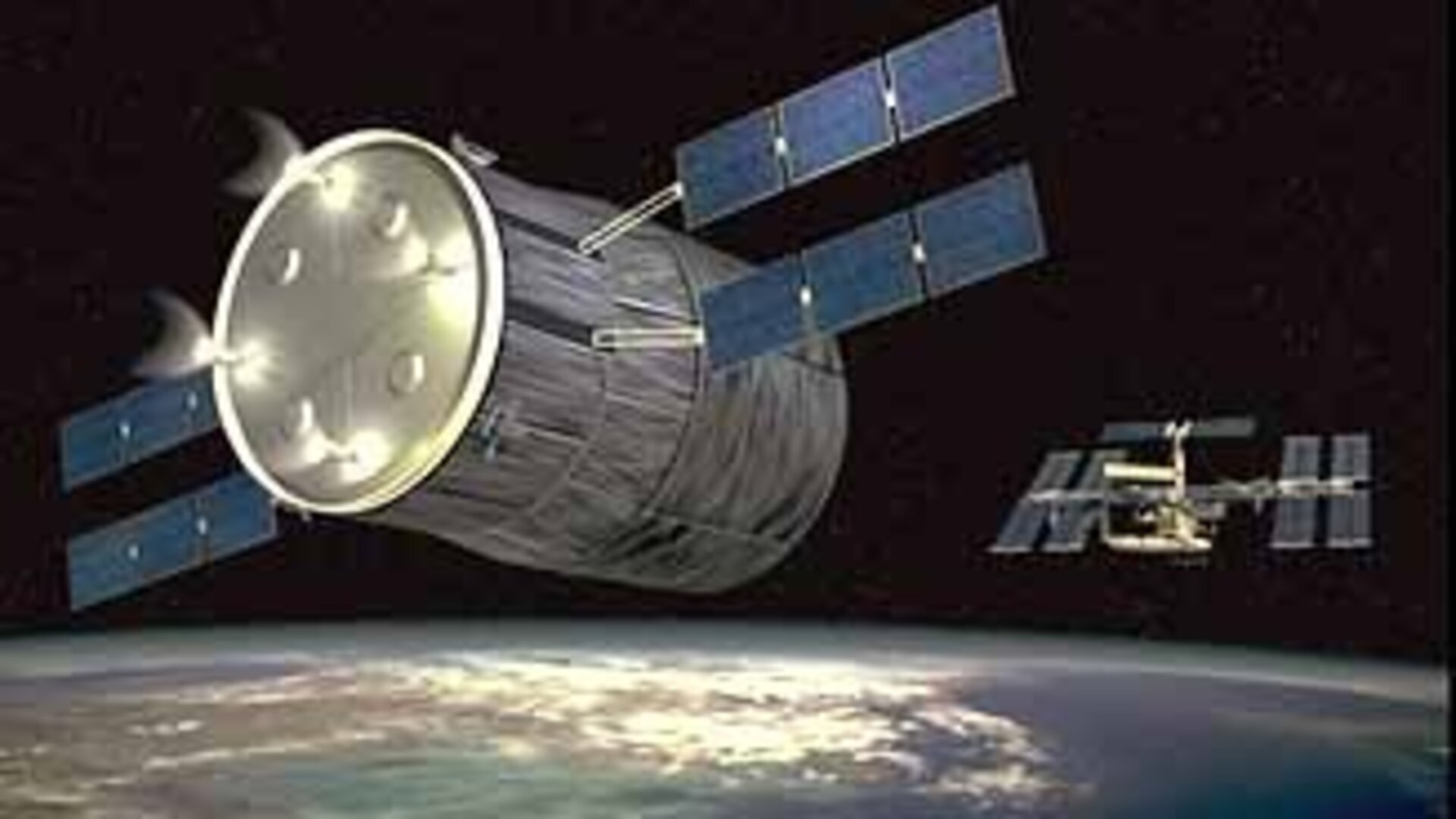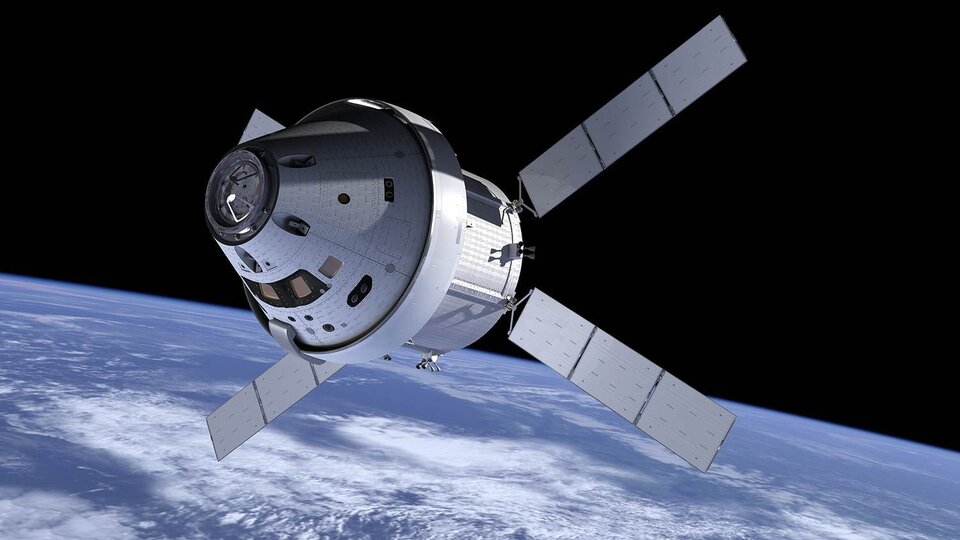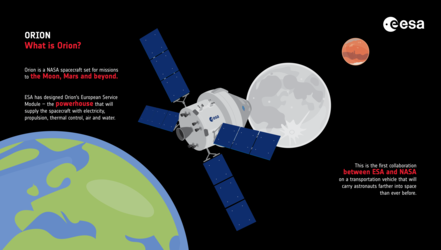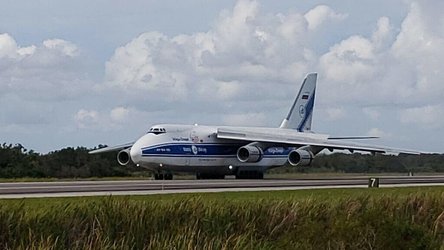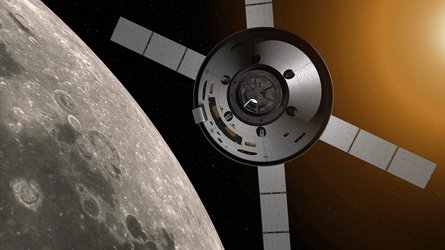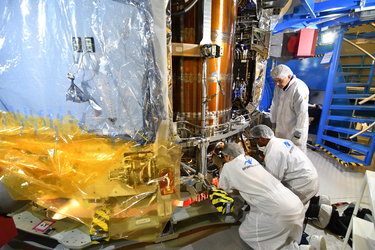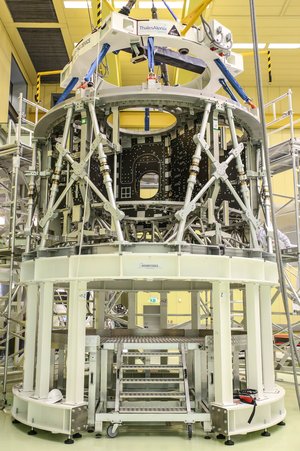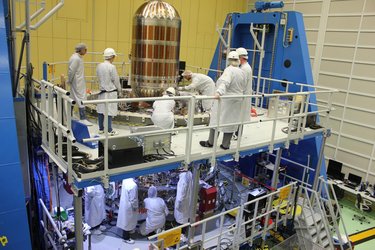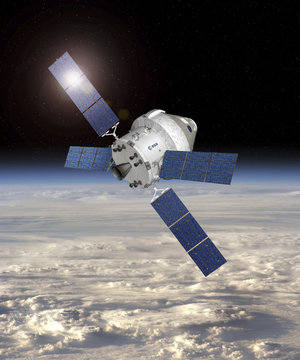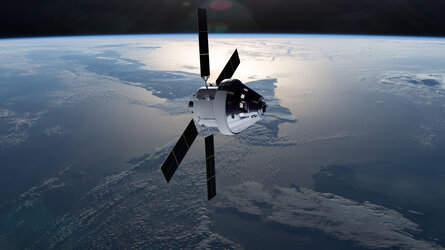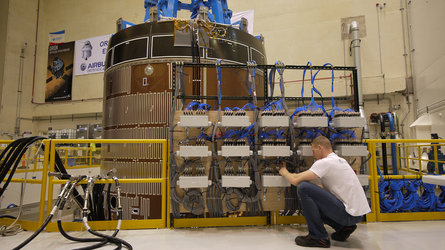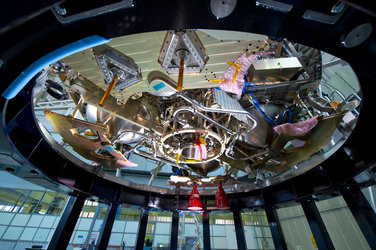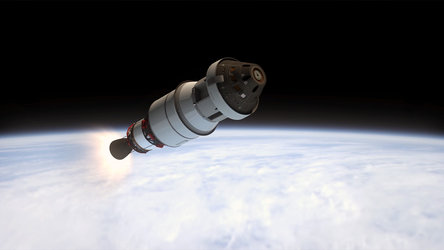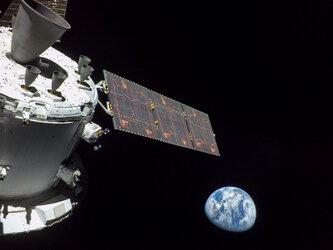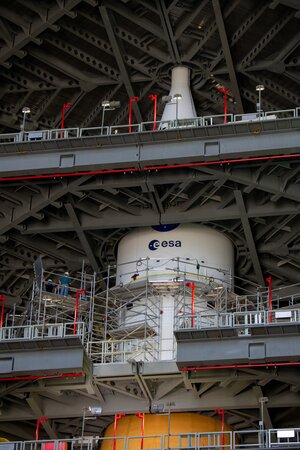History
Orion’s European Service Module has evolved out of ESA’s Automated Transfer Vehicle (ATV) that served the International Space Station five times between 2008 and 2015.
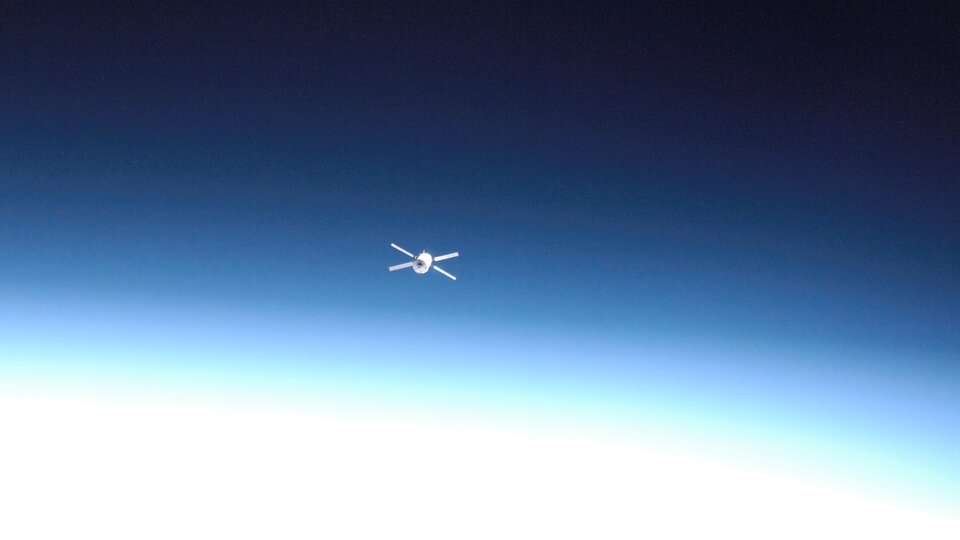
ATV was conceived in 1987 and in 1994, ESA and Russia discussed the possibility of using the vehicle for a new station. The decision to build it was taken in October 1995 and development began the following year.
ATV became ESA’s largest spacecraft and set records for most equipment delivered to the International Space Station. The spacecraft’s role was to supply water, air, equipment and fuel as well as push the Station to raise its orbit or avoid space debris. At the end of a mission, ATV was filled with waste to burn up harmlessly in the atmosphere.
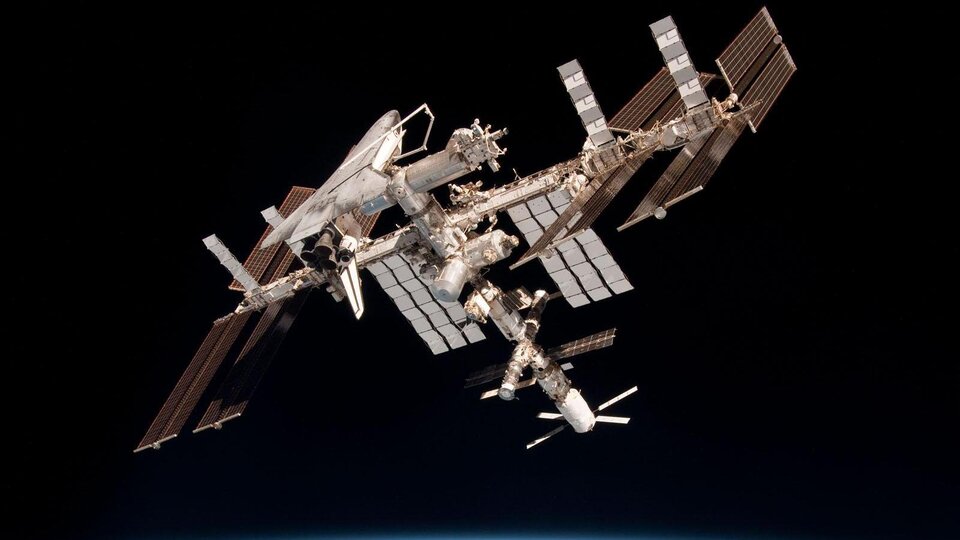
The spacecraft formed part of the Station’s supply fleet, alongside Russia’s Progress and Soyuz, Japan’s HII Transfer Vehicle and America’s Dragon and Cygnus commercial ferries.
As one of the most versatile spacecraft to visit the Space Station, the tried and proven technology behind ATV was chosen in 2013 to power NASA’s Orion spacecraft.
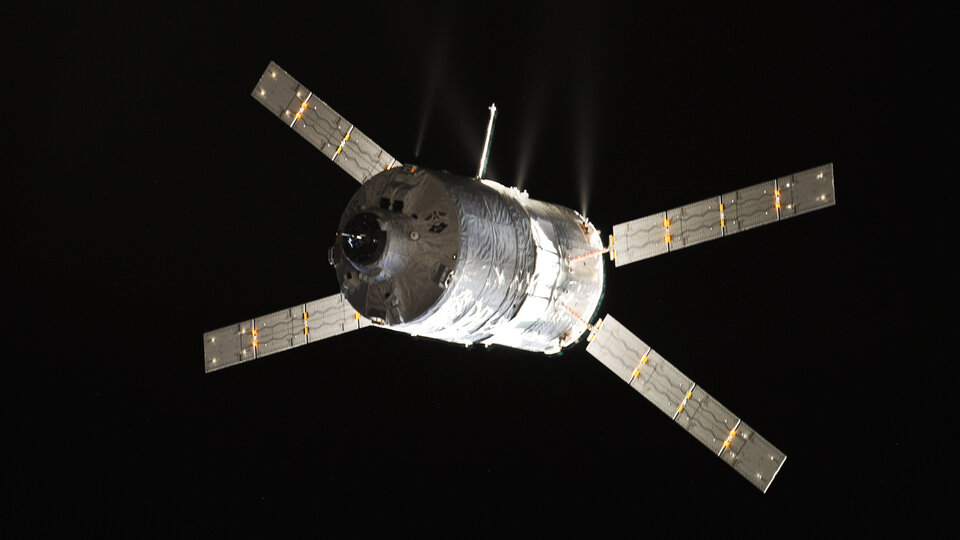
The two service modules resemble each other in terms of size, solar array layout, engine placement and hull, with the addition of the crew capsule and large main engine the markedly visible differences. Many elements have been improved or replaced with enhanced models.
The Automated Transfer Vehicle was Europe’s first spacecraft for human spaceflight; its evolution is now set to power astronauts further than human beings have ever travelled before.















 Germany
Germany
 Austria
Austria
 Belgium
Belgium
 Denmark
Denmark
 Spain
Spain
 Estonia
Estonia
 Finland
Finland
 France
France
 Greece
Greece
 Hungary
Hungary
 Ireland
Ireland
 Italy
Italy
 Luxembourg
Luxembourg
 Norway
Norway
 The Netherlands
The Netherlands
 Poland
Poland
 Portugal
Portugal
 Czechia
Czechia
 Romania
Romania
 United Kingdom
United Kingdom
 Slovenia
Slovenia
 Sweden
Sweden
 Switzerland
Switzerland

























